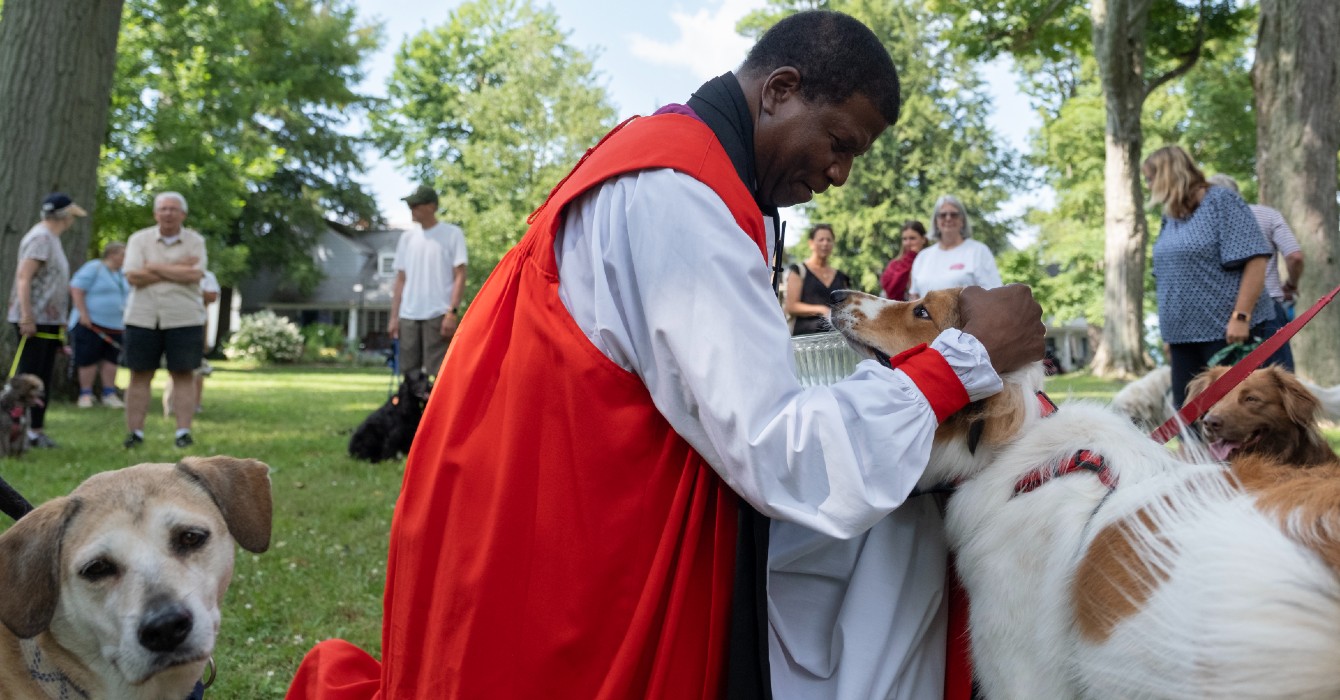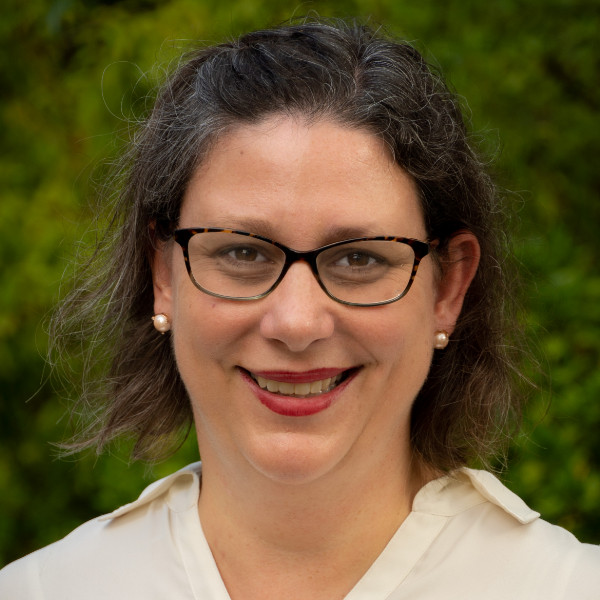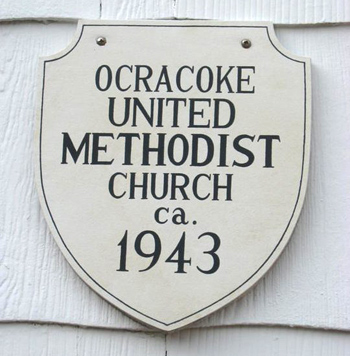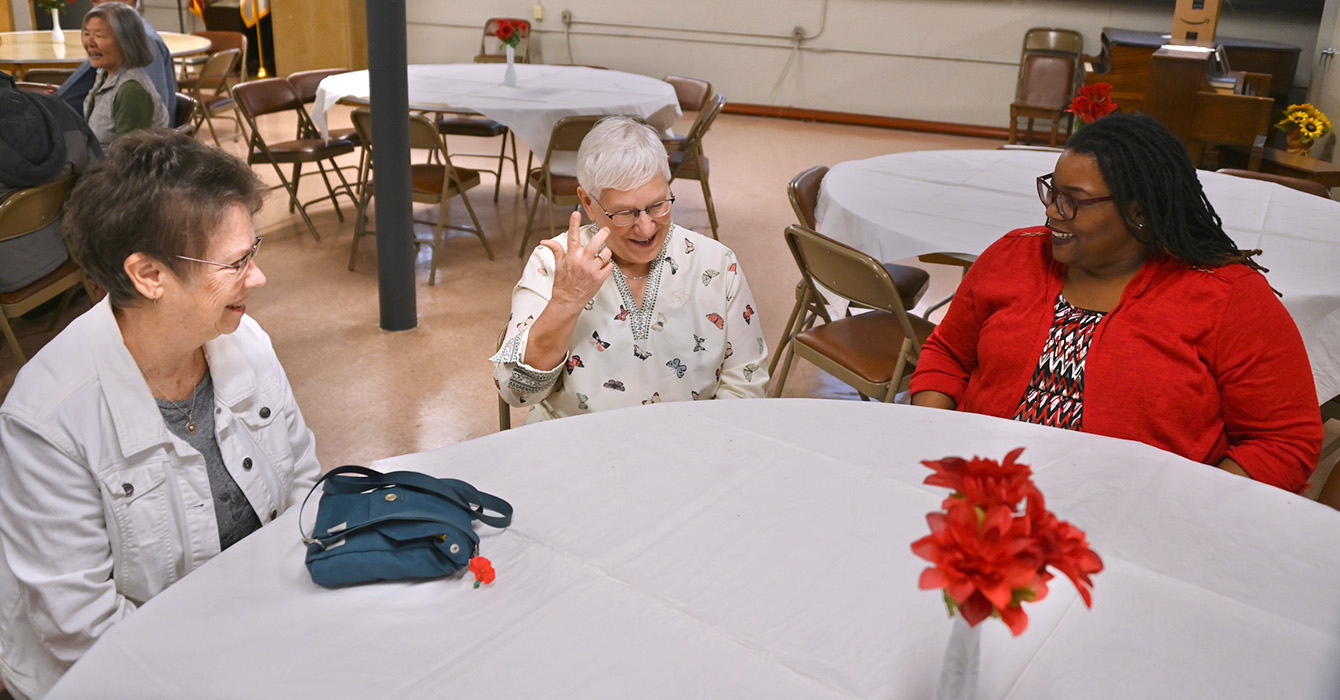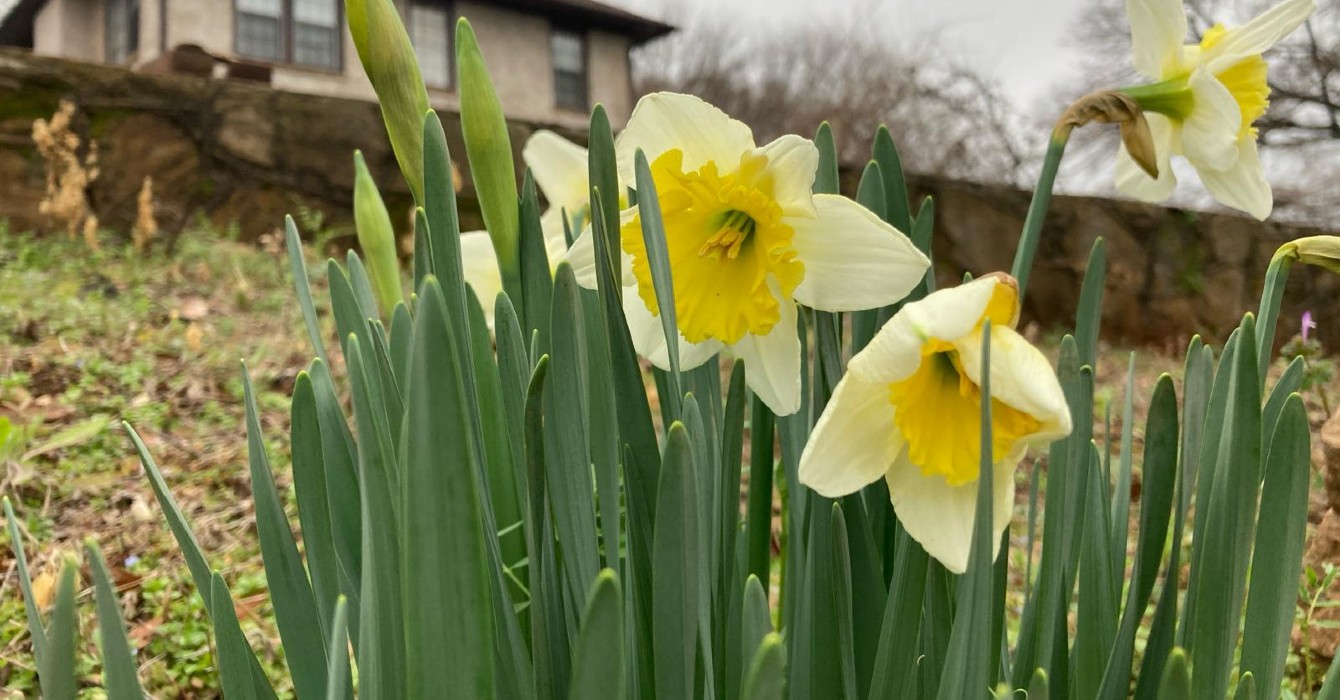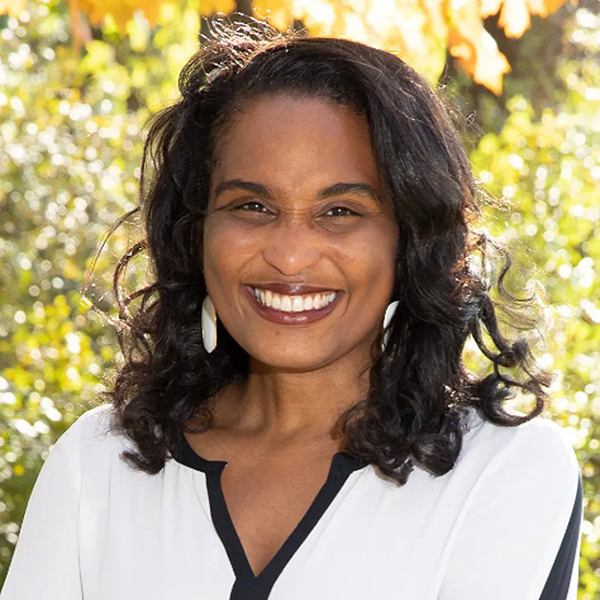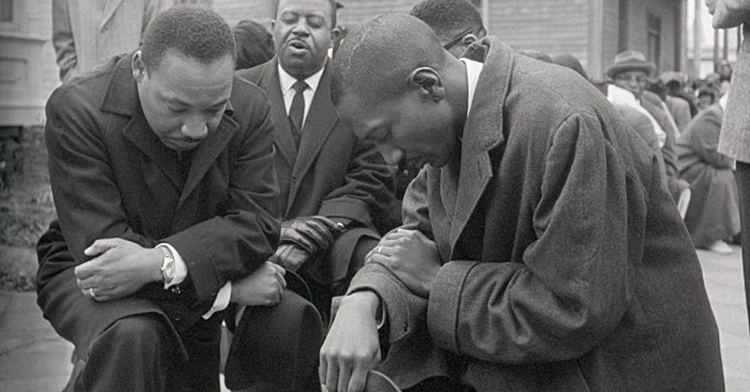As a child, I lived in what I now know was sacred time.
I attended Grace Lutheran Church and School in River Forest, Ill. There I experienced time as a living out of the liturgical calendar. Our rhythms in school reflected the sacred rhythms of the church year. During Lent, our art classes might do a project related to crosses. During Advent, we might slip out of science class a bit early to file down the hall to the dark, cool, Gothic sanctuary to have one more choir rehearsal before the Christmas Eve service.
During lunch, we might be blessed by Pastor Lueking popping in to our classroom to say a cheery hello. On Good Friday, we stayed home quietly, because Jesus was working on dying on the cross. Time seemed to be always leading up to Advent, Christmas, Lent, Easter or Pentecost.
What a gift it was for me to live in sacred time, layered on top of my ordinary days! It was a gift because, although I did not realize it, this institution was providing me with a way to live out and practice my faith as I learned about its contours.
Each day we walked our faith as we walked down those halls past the sanctuary. There was little separation between the sacred and the secular; my ordinary time as a school child was set amidst the church year. This alignment helped me pattern my days according to my faith.
It was not until I attended a public high school of 5,000 students that I realized not everyone shared this patterning.
It has been many years since I experienced the halls of Grace Lutheran School and its unique institutional rhythms. It is much more difficult now to tend to the liturgical calendar in my daily life. And while some might argue that the calendar is a “high church” issue, I know it to be a primary way that Christians can live out the life of Jesus Christ. As an adult, I have learned a few things about how to think about sacred and ordinary time that have proven helpful.
First, I have seen and experienced what poet and author Kathleen Norris calls “the quotidian mysteries.” Norris reminds us that we can contemplate God in the everyday moments of our lives. She quotes Theresa of Lisieux, who wrote that Christ was most abundantly present to her not “during my hours of prayer … but rather in the midst of my daily occupations.” Norris talks about the value of repetitive activities like walking, baking bread or doing laundry. She notes that these ordinary activities are well-suited to contemplating and listening for God. To that list I would add raking leaves, weeding a garden or nursing a child.
Second, I have experienced institutions that continue to offer practices that support sacred time. We attended Faith Baptist Church in Kentucky for 13 years and raised our four children there. Wednesday night church activities like communal supper, choir practice, Girls in Action, Boys in Action and other study groups formed us all over the years. Amidst a busy secular schedule, taking time out for Wednesday night church -- even when the kids had homework, sports or band -- was a practice with deep formational value.
Third, as an adult I still find ways (and am always looking for more) of living the liturgical calendar. Devotionals around the lectionary readings keep our family centered in liturgical time. We don’t use electric lights on Sundays during Lent. Table centerpieces and door wreaths related to the church year are physical reminders of our faith, and times of feasting and fasting can help keep us centered on holy rhythms.
In this secular world, what are the ways in which our Christian institutions (church, school, family and others) can continue to help root us in our faith by honoring the special events, the retreats, the celebrations, as well as the stretches of ordinary time?
Surely God is present in all our days.



